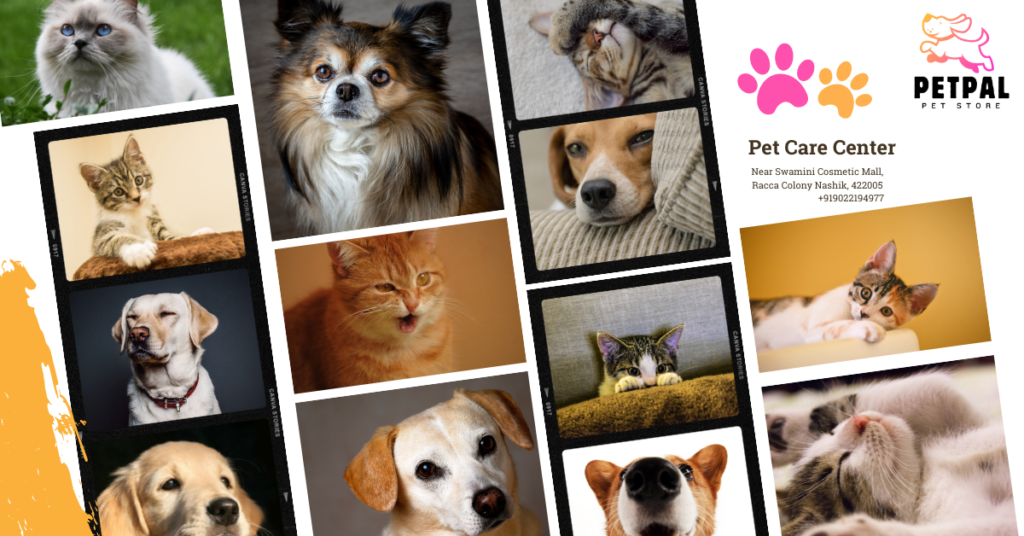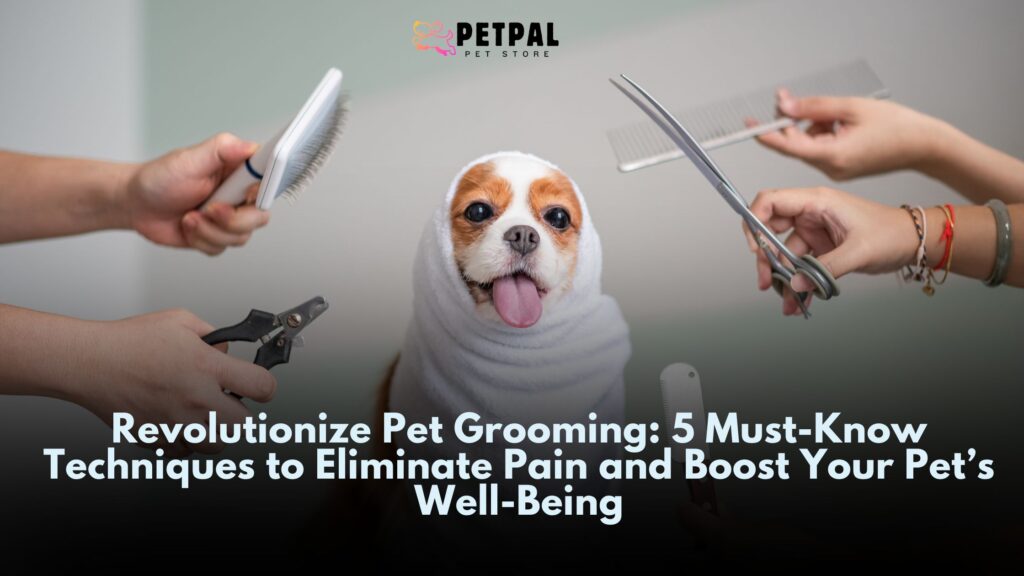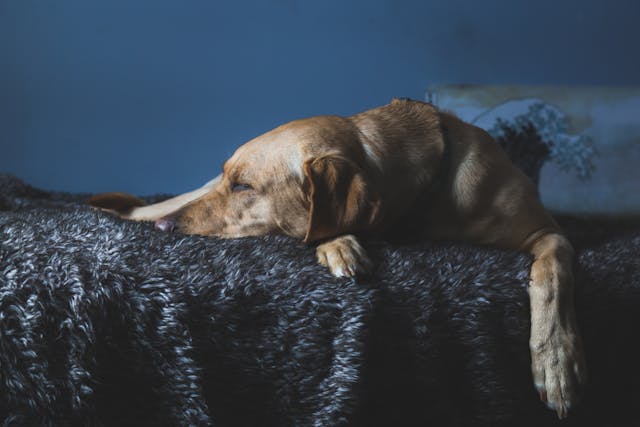Introduction Pet grooming is more than just an occasional task or a way to keep your furry friend looking their best; it’s a vital part of pet care that has a significant impact on your pet’s overall health and well-being. Pet Grooming helps prevent a range of health issues, ensures comfort, and strengthens the bond between you and your pet. From brushing and bathing to nail trimming and ear cleaning, each pet grooming activity plays a crucial role in maintaining your pet’s hygiene and health. In this comprehensive guide, we’ll explore the essential aspects of pet grooming, providing detailed tips and best practices to help you keep your pet in top condition. Whether you have a long-haired cat or a short-haired dog, these pet grooming techniques will ensure that your pet remains clean, comfortable, and healthy. The Importance of Pet Grooming Pet Grooming is not just about keeping your pet looking good; it’s about maintaining their health. Regular pet grooming helps to: Brushing: Keeping Your Pet’s Coat Healthy and Shiny Why Brushing is Essential Brushing is one of the most fundamental aspects of pet grooming. It’s not only beneficial for your pet’s appearance but also for their health. Regular brushing helps to remove loose fur, dirt, and debris from your pet’s coat. It also helps to prevent matting and tangles, which can be uncomfortable and even painful for your pet. For dogs, the frequency of brushing depends on their coat type. Long-haired breeds, such as Collies, Golden Retrievers, or Shih Tzus, may require daily brushing to prevent their fur from becoming tangled and matted. Short-haired breeds, like Beagles, Boxers, or Dachshunds, may only need brushing once a week to keep their coat in good condition. Cats, especially long-haired breeds like Maine Coons or Persians, also benefit from regular brushing. Brushing helps to reduce the risk of hairballs, which can be a common issue in cats. Even short-haired cats, such as Siamese or American Shorthairs, benefit from occasional brushing to reduce shedding and prevent hairballs. Choosing the Right Brush Selecting the right brush for your pet is crucial for effective pet grooming. The type of brush you use depends on your pet’s coat type: When brushing your pet, use gentle, consistent strokes to avoid causing discomfort. For pets that are new to brushing, start slowly and use positive reinforcement, such as treats or praise, to make the experience enjoyable. Over time, your pet will come to see brushing as a pleasant activity rather than a chore. Techniques for Effective Brushing Brushing your pet may seem straightforward, but there are techniques that can make it more effective and comfortable for your pet: Bathing: Keeping Your Pet Clean and Fresh How Often Should You Bathe Your Pet? Bathing is another essential aspect of pet grooming, but the frequency of baths depends on your pet’s breed, coat type, and lifestyle. Overbathing can strip your pet’s skin of natural oils, leading to dryness and irritation, so it’s important to find the right balance. For dogs, the general recommendation is to bathe them every 4-6 weeks, but this can vary. Dogs with oily coats, such as Basset Hounds, may need more frequent baths, while dogs with dry or sensitive skin, like Greyhounds or Bulldogs, may require fewer baths. If your dog spends a lot of time outdoors or has a tendency to roll in the dirt, more frequent baths may be necessary. Cats are generally very clean animals and may only need occasional baths, especially if they have a skin condition or are particularly dirty. Long-haired cats, like Persians or Ragdolls, may need more frequent baths to keep their fur clean and free of mats. Choosing the Right Shampoo Using the right shampoo is crucial for your pet’s skin health. Always choose a pet-specific shampoo, as human shampoos can be too harsh for their sensitive skin. Look for shampoos that are free of harsh chemicals, artificial fragrances, and dyes, which can cause skin irritation. There are various types of pet shampoos available, including: When bathing your pet, always follow the instructions on the shampoo bottle and rinse thoroughly to remove all residue. Shampoo residue left on your pet’s skin can cause irritation and discomfort. Avoid getting shampoo in your pet’s eyes, ears, or mouth, as this can cause irritation. If your pet has a particularly thick coat, you may need to rinse more than once to ensure all the shampoo is removed. Bathing Techniques Proper bathing techniques can make the experience more pleasant for both you and your pet: Nail Trimming: Maintaining Healthy Paws Why Nail Trimming is Important Nail trimming is an often-overlooked aspect of pet grooming, but it’s crucial for maintaining your pet’s health and comfort. Overgrown nails can cause a range of problems, including: For dogs, nails should be trimmed every 3-4 weeks, depending on how quickly they grow. Some dogs wear down their nails naturally through regular activity, especially if they walk frequently on hard surfaces. For cats, nails should be trimmed every 2-4 weeks, particularly for indoor cats who don’t have as many opportunities to wear down their nails naturally. Tools for Nail Trimming The right tools make nail trimming easier and safer for both you and your pet: Nail Trimming Techniques Nail trimming can be a daunting task in pet grooming, especially if your pet is not accustomed to it. Here’s how to make the process smoother: Ear Cleaning: Preventing Infections and Discomfort Why Ear Cleaning is Important Ear cleaning is another critical aspect of pet grooming, especially for breeds prone to ear infections. Regular ear cleaning helps to: Breeds with floppy ears, such as Cocker Spaniels, Basset Hounds, and Bulldogs, are particularly prone to ear infections because their ears provide a warm, moist environment where bacteria and yeast can thrive. Cats, especially those with allergies, may also be prone to ear issues and benefit from regular ear cleaning. Tools and Products for Ear Cleaning To clean your pet’s ears safely and effectively, you’ll need the following tools: Ear







